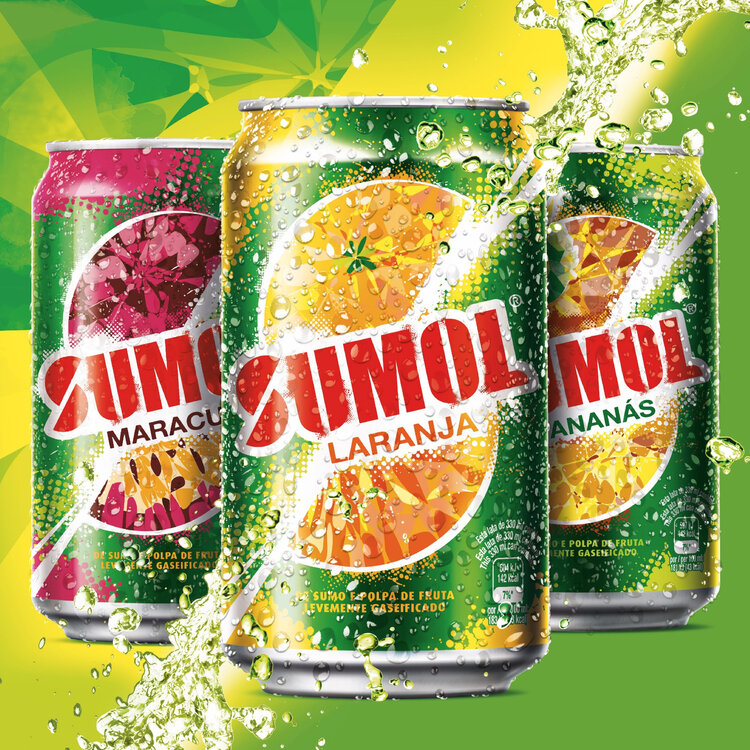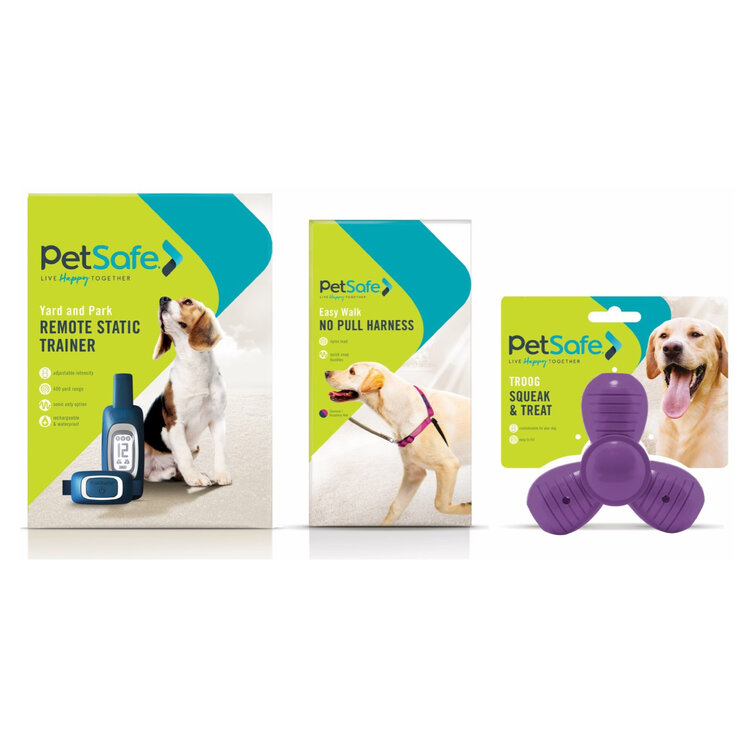The Portfolio Edit: Green
The diversity of associations with green can’t be understated.
As the signature colour of nature, it is absolutely necessary to depict open fields, rolling hills, thick forests and exotic jungles. In this context, it communicates freshness, growth and abundance as well as balance, calmness and peace. For all these reasons and more, it is the key colour for brands to express their eco-friendly credentials.
There has, however, been a bit of a backlash from using green to communicate environmental friendliness. The practice of ‘green-washing’ is when brands without eco-conscious credentials appropriate the visual cues and codes of the category. Things like kraft paper, images of natural ingredients and, of course, the colour green. (Interestingly, bluemarlin’s latest eco-friendly project, Mooncup, does not use the colour green).
Green is not only natural but also down-to-earth. Just look at how it is used in the military to convey a sense of dependability, loyalty and social good. A shade or two lighter and brighter, and you’ll have a playful, youthful green, one that reflects energy, exuberance and fun, which is why you’ll find brands targeting the next generation like Spotify and Monster Drinks in electric green.
Let’s not forget that green carries some bad connotations as well. In literature and art, it is the sinful colour of jealousy, greed and envy. In branding, however, green is used to reflect the positive side of wealth, health and prestige, which is why it is often used for financial and medical institutions.
Here’s a few ways we’ve leveraged and elevated this colour to help brands grow.

Dr. Beckmann We developed Dr. Beckmann’s “green curve,” to support packaging architecture whilst also conveying cleanliness and expertise.

Sumol Bold, energetic and fresh, green revitalises Portugal’s favourite soft drink, keeping it up-to-date with the younger generation.

Petsafe We added a happy and optimistic twist to the global identity for Petsafe, appealing to modern pet lovers everywhere that care about the holistic wellbeing of their pets.